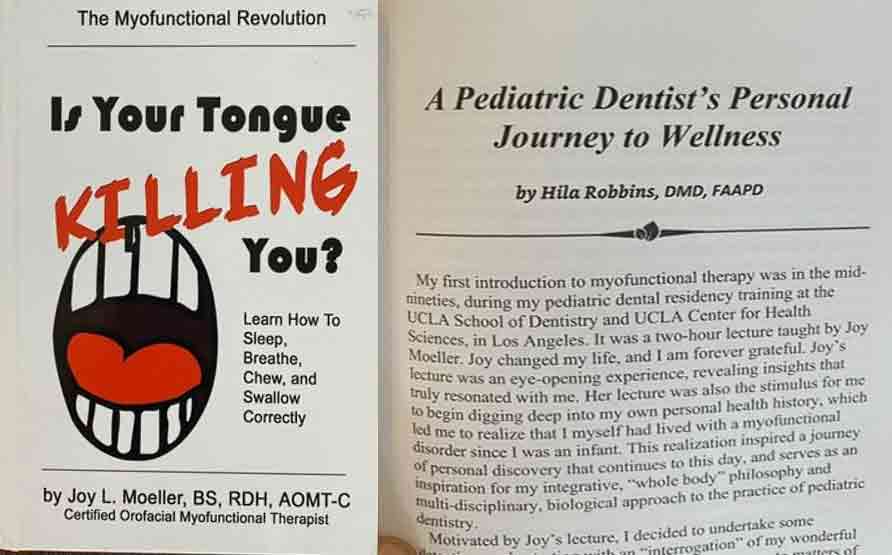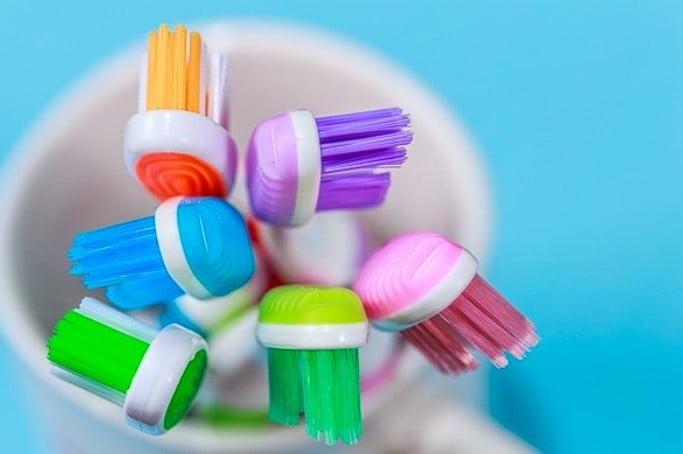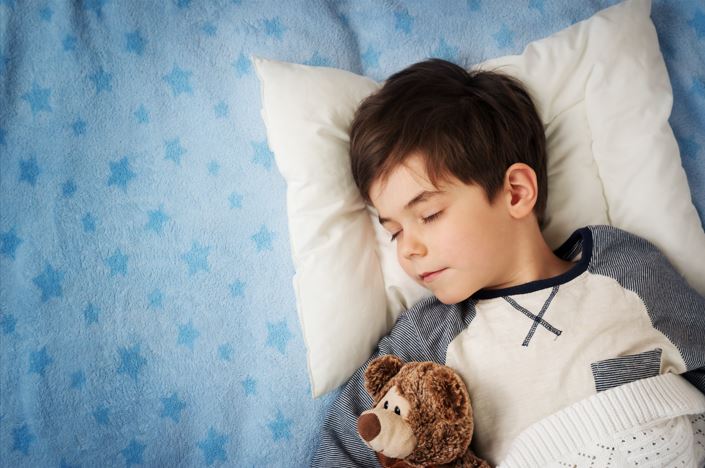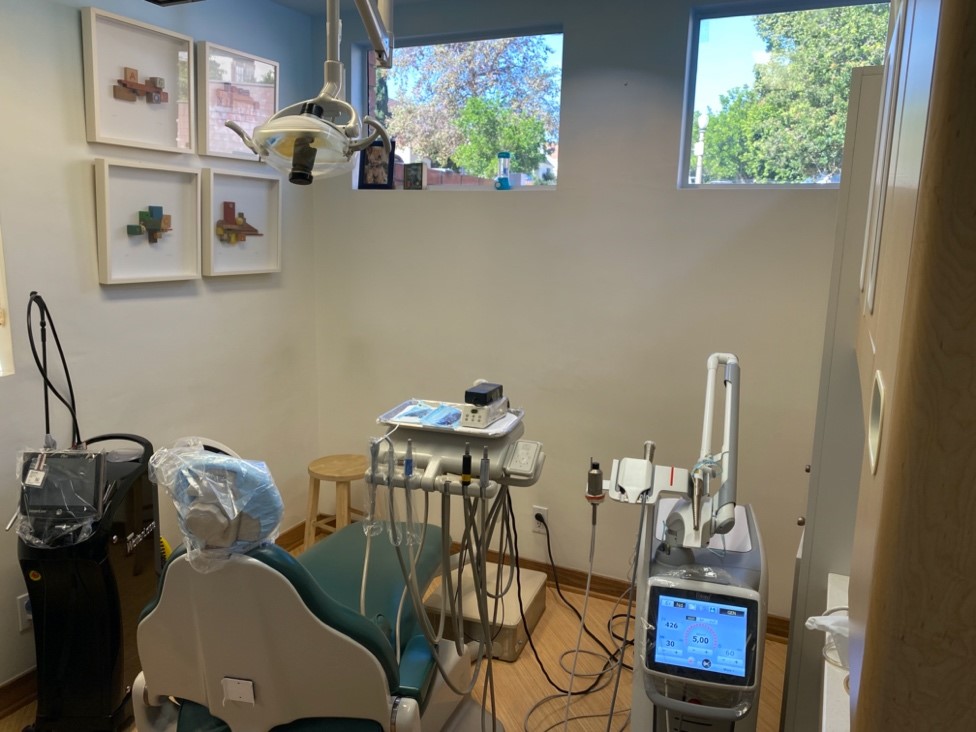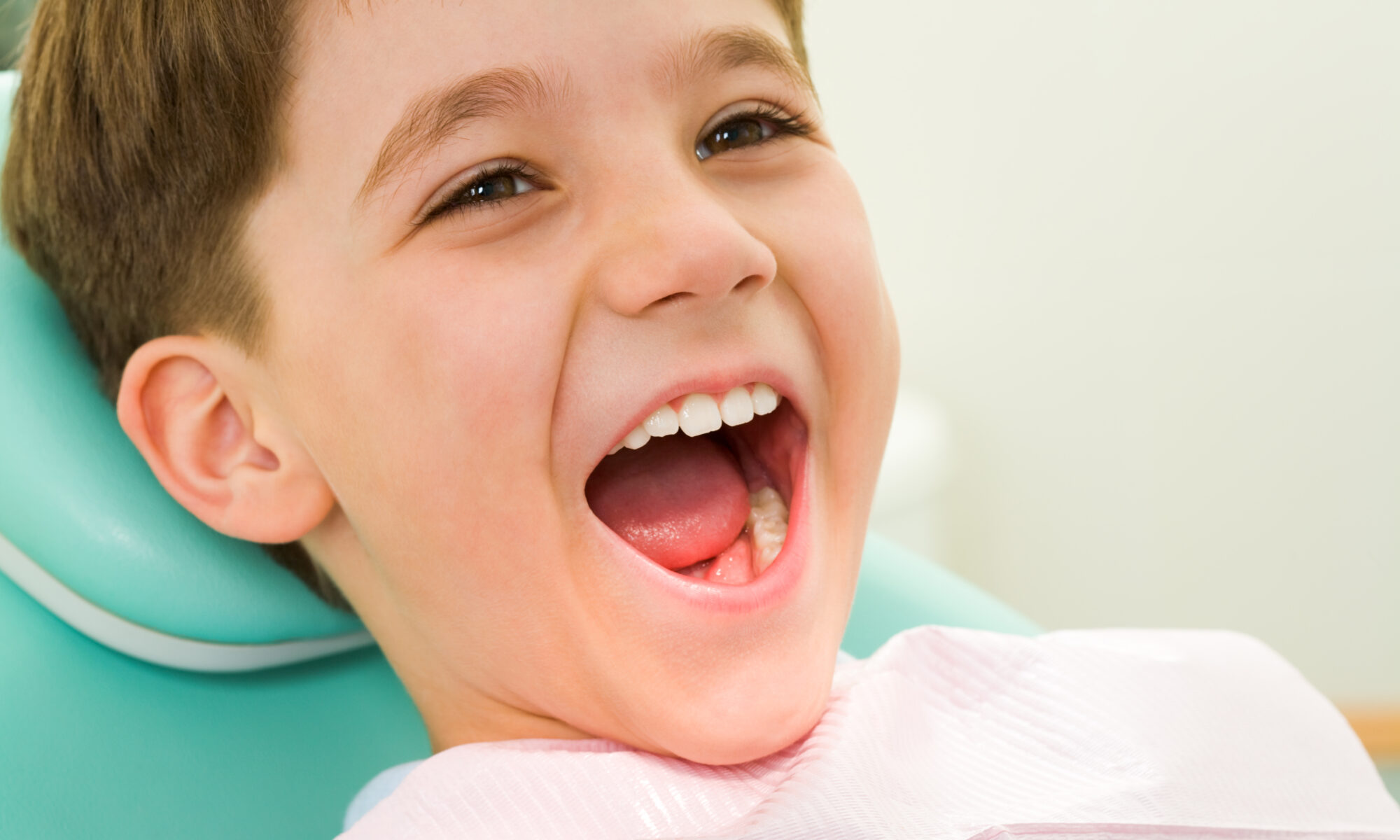A newly published book, with the catchy title, “Is Your Tongue Killing You?” with a chapter for parents and pediatric professionals contributed by Dr. Hila Robbins of Los Angeles, CA, presents valuable input from an international panel of experts to provide fascinating and helpful insights on the role of the tongue in oral and whole-body health and wellness. The book is available now on Amazon. Conceived and curated by primary author Joy L. Moeller, BS, RDH, AOMT-C, the widely recognized pioneer and thought leader on the topic of oromyofunctional therapy, “Is Your Tongue Killing You,” is targeted to adults and parents and their care providers. Joy Moeller and her contributing authors share their decades of clinical experience, their personal stories, and their treatment successes.
“Is Your Tongue Killing You” is organized around the principles and therapeutic role of orofacial myofunctional therapy, defined as the “neurological reeducation of orofacial muscles.”
For parents of young children, the book contains highly relevant information, case studies, descriptions of treatment options, and expert insights on topics including:
- Sleep and sleep disorders
- Breathing and airway disorders
- Chewing
- Swallowing
- Breastfeeding
- Thumb sucking (and how to stop it)
- Facial development
- Correcting a crooked smile
- Treating restricted oral tissues, such as tongue ties and lip ties
- Understanding the root causes of health issues
Parents of children exhibiting any one or more of these issues will find practical and supportive information in Joy Moeller’s book. Indeed, parents may find insightful clues into their own history (possibly not previously known) with oromyofunctional disorders in the pages of the book. Indeed, Dr. Hila Robbins of Los Angeles, CA’s book chapter candidly describes Dr. Robbins’ own realization, inspired by Joy Moeller and her teachings, how growing up with myofunctional disorders contributed to her health issues. Dr. Robbins also explains how her personal journey with myofunctional disorders has given her a greater appreciation and understanding of how her pediatric patients are affected by myofunctional disorders.
- As a parent, it is natural to want the best for your child, and their health should always be a top priority. Suppose your child is experiencing any of the problems in the areas listed above or suspect that your child has a myofunctional disorder. In that case, it is worth discussing with your pediatrician or a pediatric dental specialist. Consultation, diagnosis, and the right treatment plan from a kid’s dentist specialist can positively impact your child’s overall health and well-being.

